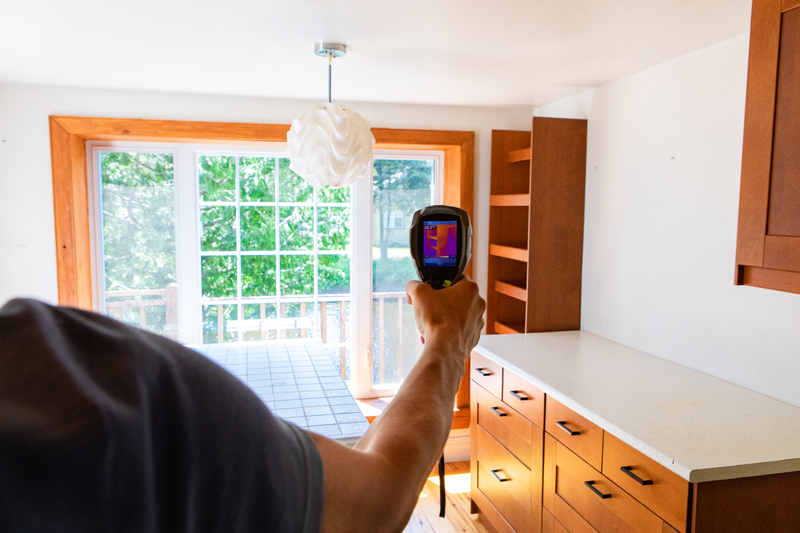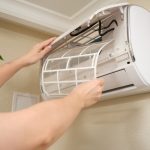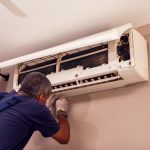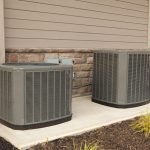
How to Test The Air Quality of Your Home
When it comes to keeping your home healthy and comfortable, air quality is a critical factor. Poor air quality can cause respiratory problems, allergies, and other health issues, while also reducing the efficiency and lifespan of your HVAC equipment. Here are some tips on how to test the air quality of your home so that you can identify any potential issues and take steps to improve your indoor air quality:
Use an air quality monitor
One of the easiest and most effective ways to test the air quality of your home is to use an air quality monitor. These devices are designed to measure the levels of various pollutants in the air, such as particulate matter, volatile organic compounds (VOCs), and carbon monoxide. Some air quality monitors can also measure humidity levels and temperature, which can help you identify any potential mold or moisture issues.
To use an air quality monitor, place it in the room you want to test and turn it on. The monitor will then display real-time data on the levels of pollutants in the air, allowing you to identify any potential issues and take steps to address them.
Check your HVAC filter
Another way to test the air quality of your home is to check your HVAC filters. Your HVAC filters play a critical role in removing pollutants from the air, such as dust, pollen, and pet dander. However, when your filters are dirty or clogged, they can actually reduce the efficiency of your HVAC system, while also allowing pollutants to circulate throughout your home.
To check your HVAC filters, remove the filter from your system and inspect it for signs of dirt, dust, or debris. If the filter is dirty or clogged, it’s time to replace it with a new one. By keeping your HVAC filters clean and replacing them regularly, you can help improve the air quality in your home while also extending the lifespan of your HVAC equipment.
Test for radon
Radon is a naturally occurring gas that can be found in homes and buildings throughout the world. Exposure to high levels of radon can increase the risk of lung cancer, which is why it’s important to test your home for radon on a regular basis. Radon test kits are widely available and can be purchased online or at your local hardware store.
To use a radon test kit, follow the instructions included in the kit. Typically, this involves placing a small testing device in your home for a specified period of time and then sending the device to a lab for analysis. If your radon levels are high, you may need to take steps to mitigate the issue, such as sealing cracks in your foundation or installing a ventilation system.
There are several ways to test the air quality of your home, including using an air quality monitor, checking your HVAC filters, and testing for radon. By identifying any potential issues with your indoor air quality, you can take steps to improve the health and comfort of your home, while also extending the lifespan of your HVAC equipment. If you have any questions or concerns about your indoor air quality, be sure to contact our team for assistance!








0 comments